Symptoms Of Liver Disease In Horses
Symptoms of liver disease in horses. Ammonia is converted into urea for excretion by the kidney and bilirubin is filtered into the bile for excretion into the gut. As the disease progresses the more classic signs appear such as yellowing jaundiceicterus photosensitization abnormal blood clotting tiny hemorrhages abdominal distention limb swelling mentalbehavioral changes seizures blindness Janke says. Symptoms of Liver Disease in Horses Weight loss Hepatic encephalopathy Colic Hepatogenic photosensitization Diarrhea Bilateral laryngeal paralysis Hemorrhaging Fever Abdominal edema Endotoxic shock Gastric impactions Jaundice Neurological deficits.
Oedema accumulation of fluid causing swelling in the legs and under the belly Photosensitisation excessive skin sensitivity to sunlight. This condition can cause the horse to lose weight and have other issues with the shedding of the coat. Icterus or jaundice is caused by hyperbilirubinemia and is most apparent in nonpigmented skin.
Clinical signs of liver disease are often varied and non-specific. In this situation humans need to make a dialysis or a kidney transplant. Horses with serious liver disease may have abnormally high ammonia.
Liver disease in the horse. Clinical signs and diagnostic aids Behavioral manifestations. Progression of the disease can be noted by photosensitivity jaundice acute mental and behavioral changes weight loss blindness abnormal blood clotting laryngeal paralysis limb swelling abdominal distention or mild chronic colic.
Loss of appetiteanorexia Depression Weight loss Diarrhoea. The earliest phase of HE manifests as subtle behavioral changes. The early symptoms of equine liver disease will manifest as changes in behavior.
Abnormal swellings under the skin. Apparent sunburn on the pink skin of a horses nose can sometimes be due to liver disease causing photosensitisation. The clinical signs the horse will experience vary depending on which type they are affected by.
The horse suffers from the described symptoms. When a horse has Cushings disease the liver can become enlarged and cause liver damage.
Horses with idiopathic acute liver disease typically show loss of appetite hepatic encephalopathy see above and jaundice.
As the disease progresses the more classic signs appear such as yellowing jaundiceicterus photosensitization abnormal blood clotting tiny hemorrhages abdominal distention limb swelling mentalbehavioral changes seizures blindness Janke says. The horse suffers from the described symptoms. Liver Disease in Horses Symptoms Causes Diagnosis Treatment liver disease in horses In humans alarmist accident presents with belly. The early symptoms of equine liver disease will manifest as changes in behavior. In some cases the body temperature rises up to 105 F chills severe colic bloody diarrhea swelling of the neck sternum lower abdomen and external genitalia rapid heart rate and breathing. Apparent sunburn on the pink skin of a horses nose can sometimes be due to liver disease causing photosensitisation. Symptoms Of Liver Disease In Horses Changes In Behavior. Progression of the disease can be noted by photosensitivity jaundice acute mental and behavioral changes weight loss blindness abnormal blood clotting laryngeal paralysis limb swelling abdominal distention or mild chronic colic. Symptoms of Liver Disease in Horses Weight loss Hepatic encephalopathy Colic Hepatogenic photosensitization Diarrhea Bilateral laryngeal paralysis Hemorrhaging Fever Abdominal edema Endotoxic shock Gastric impactions Jaundice Neurological deficits.
The early symptoms of equine liver disease will manifest as changes in behavior. Symptoms of Liver Disease in Horses Weight loss Hepatic encephalopathy Colic Hepatogenic photosensitization Diarrhea Bilateral laryngeal paralysis Hemorrhaging Fever Abdominal edema Endotoxic shock Gastric impactions Jaundice Neurological deficits. In this situation humans need to make a dialysis or a kidney transplant. Nervous system signs range from lethargy to aggression or maniacal behavior blindness and poor coordination. The earliest phase of HE manifests as subtle behavioral changes. Icterus or jaundice is caused by hyperbilirubinemia and is most apparent in nonpigmented skin. The clinical signs the horse will experience vary depending on which type they are affected by.


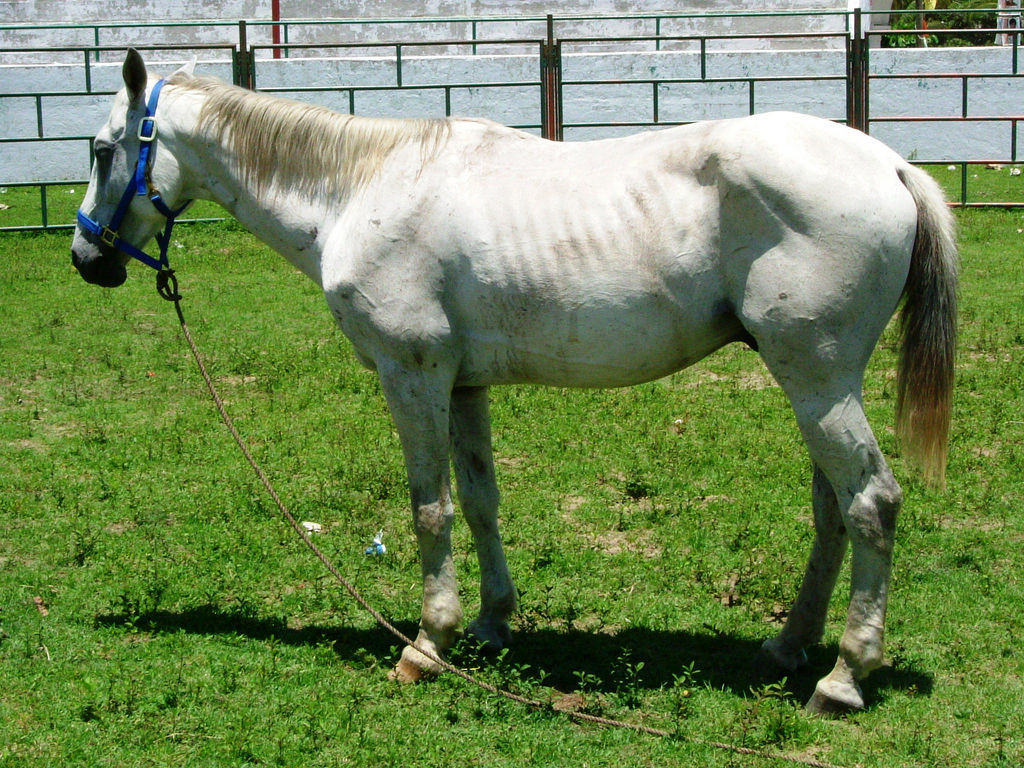
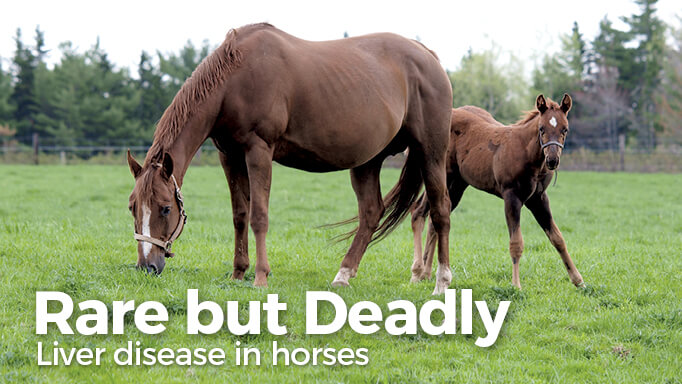
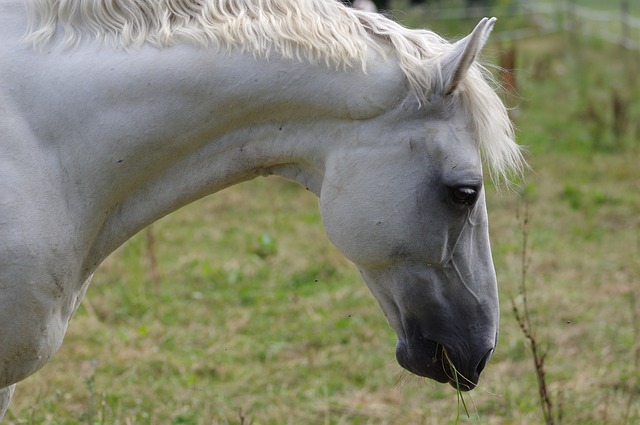


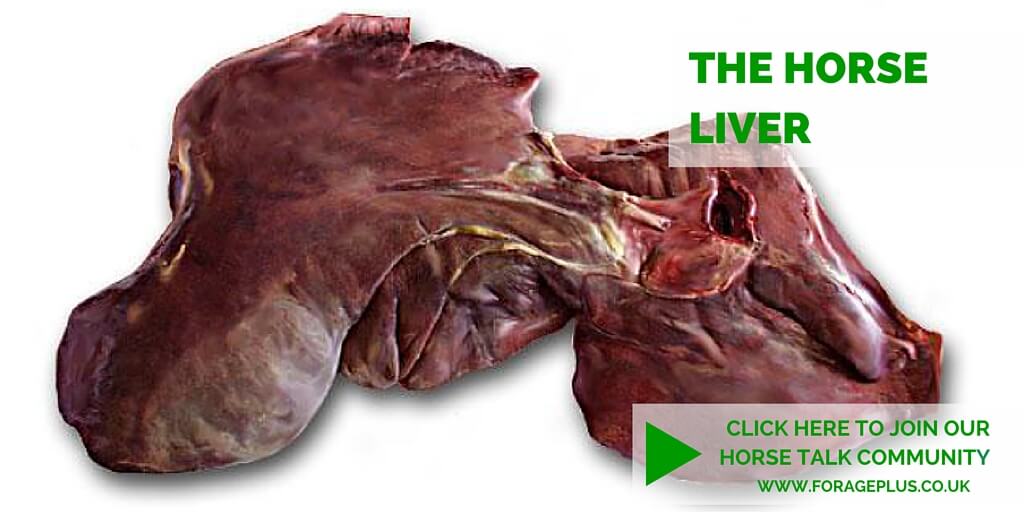

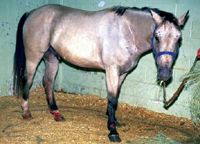


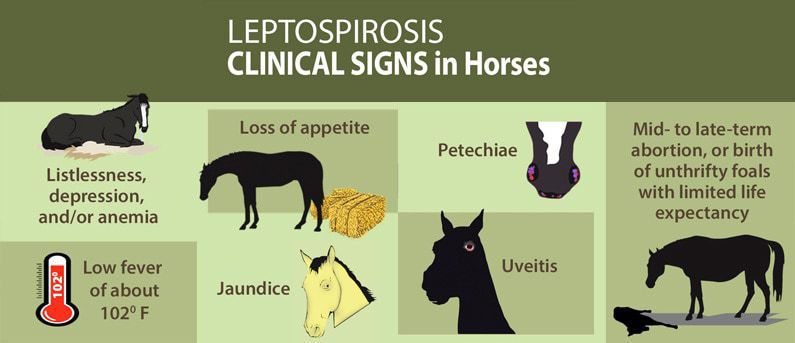




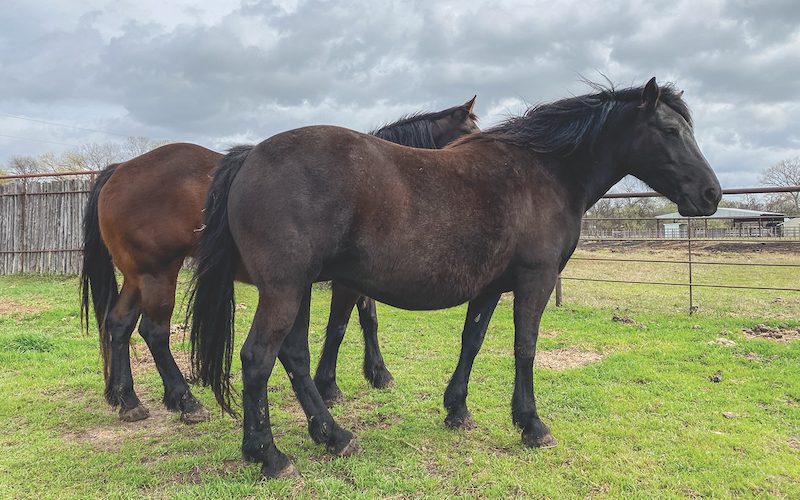
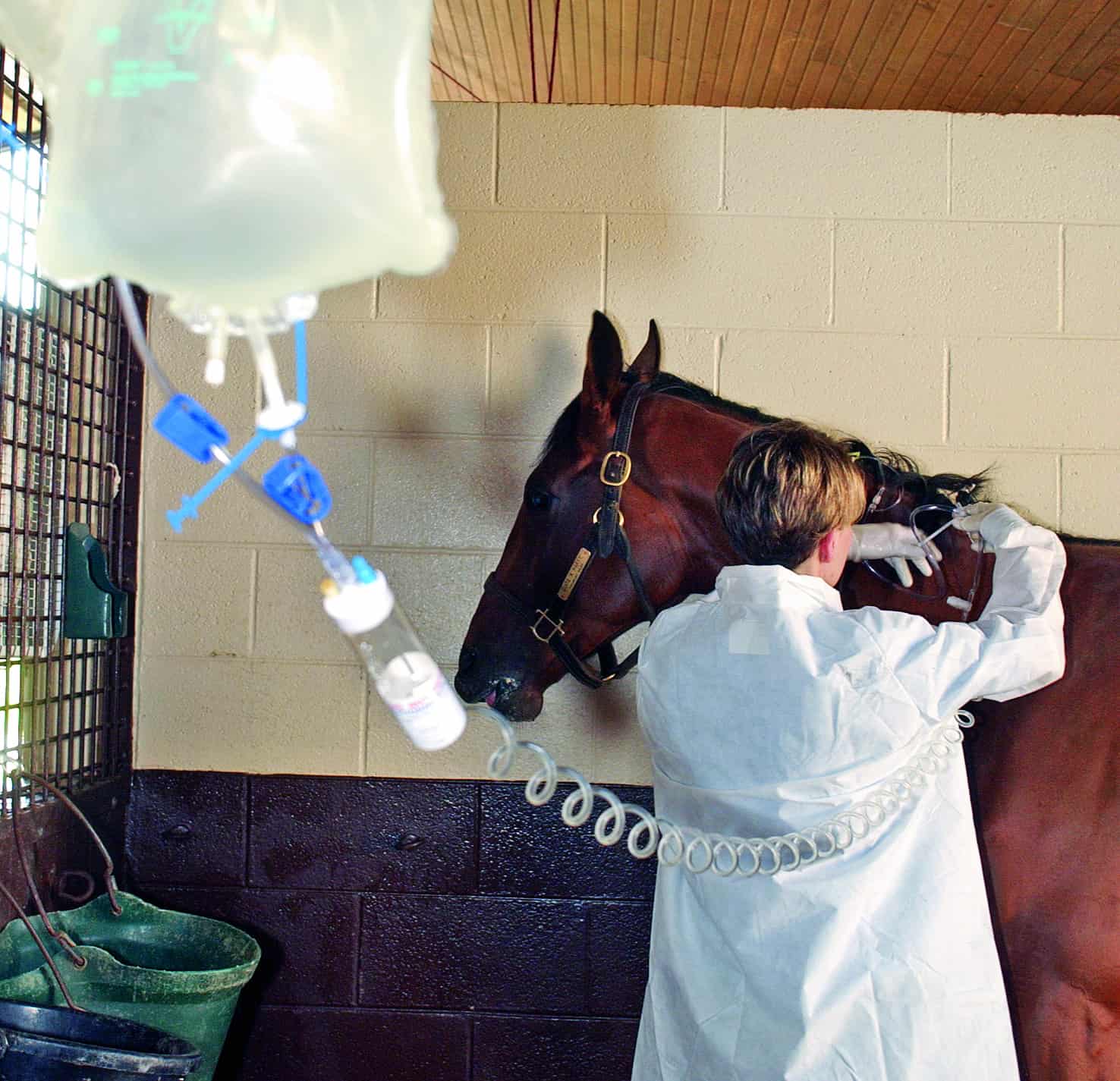
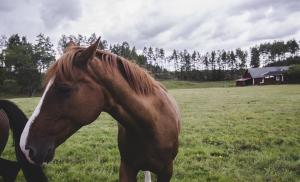
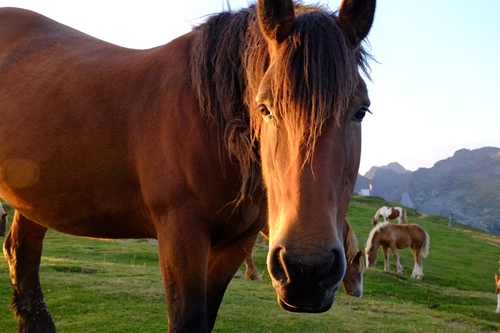
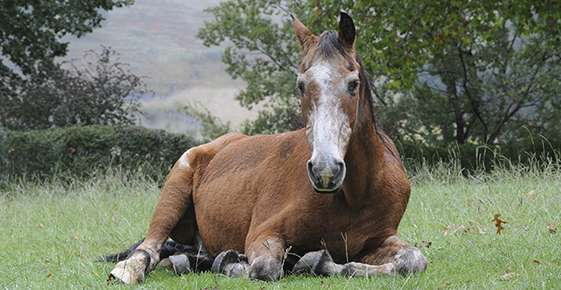


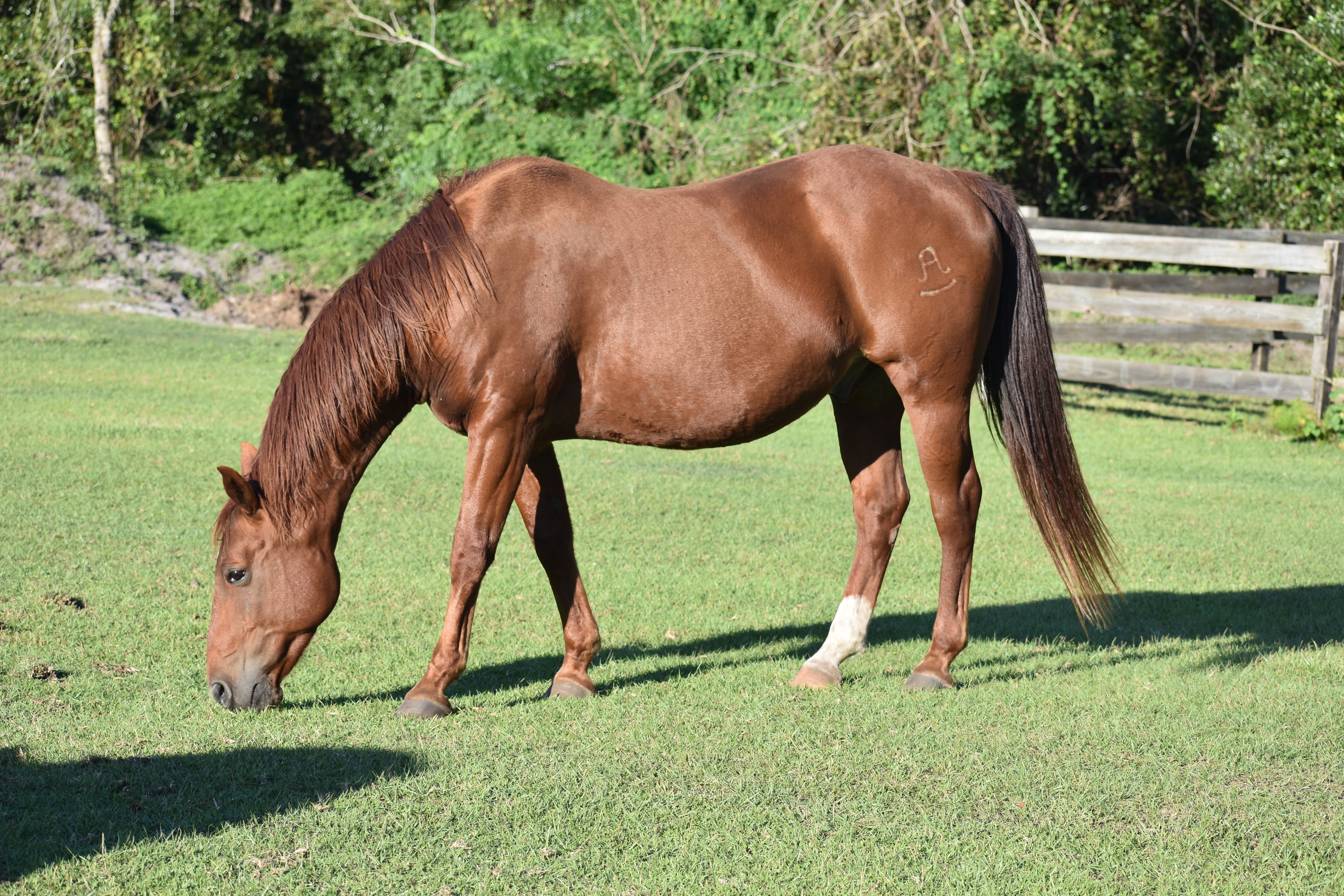


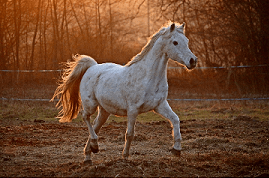
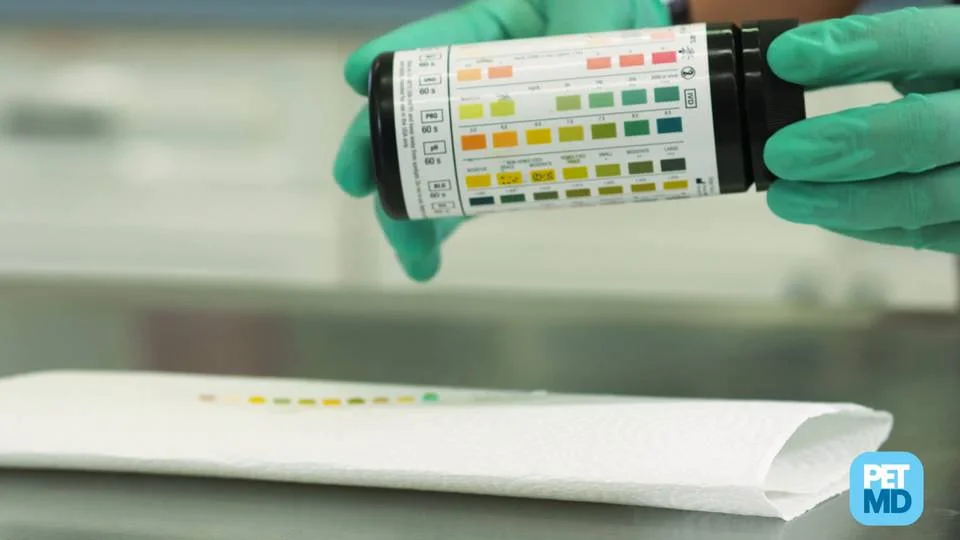
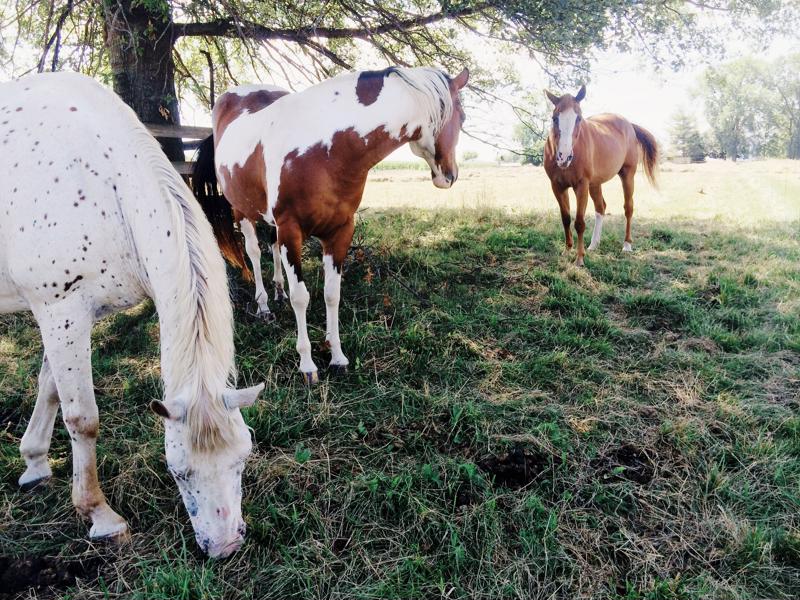


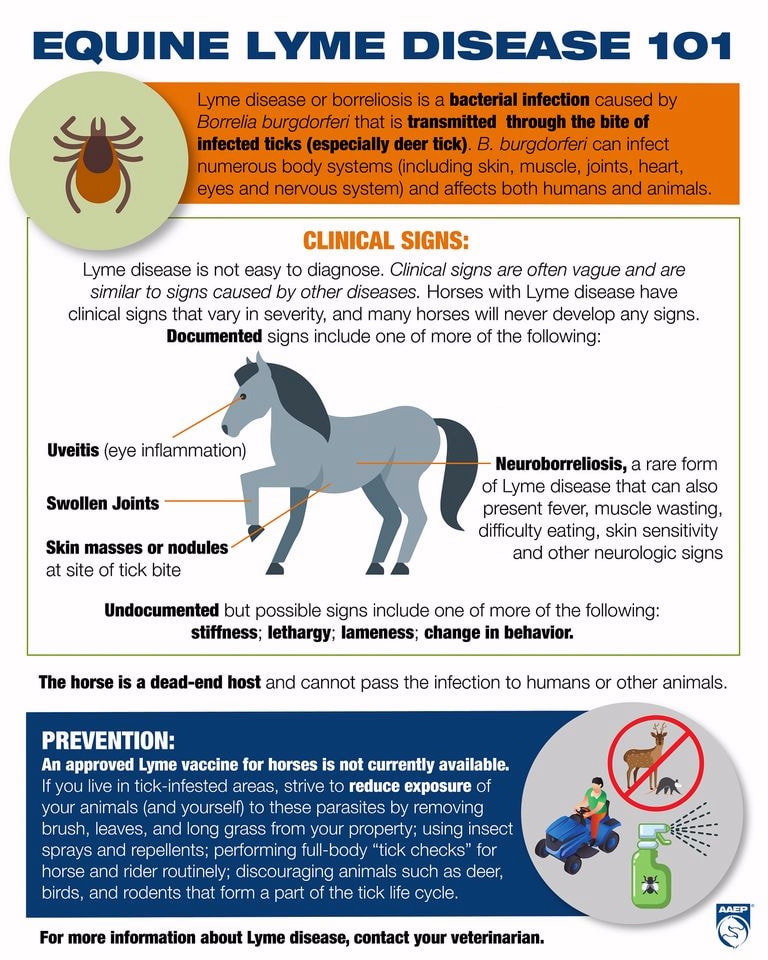


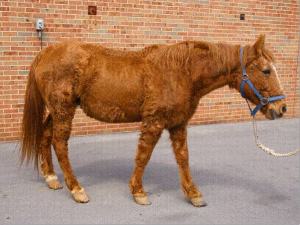

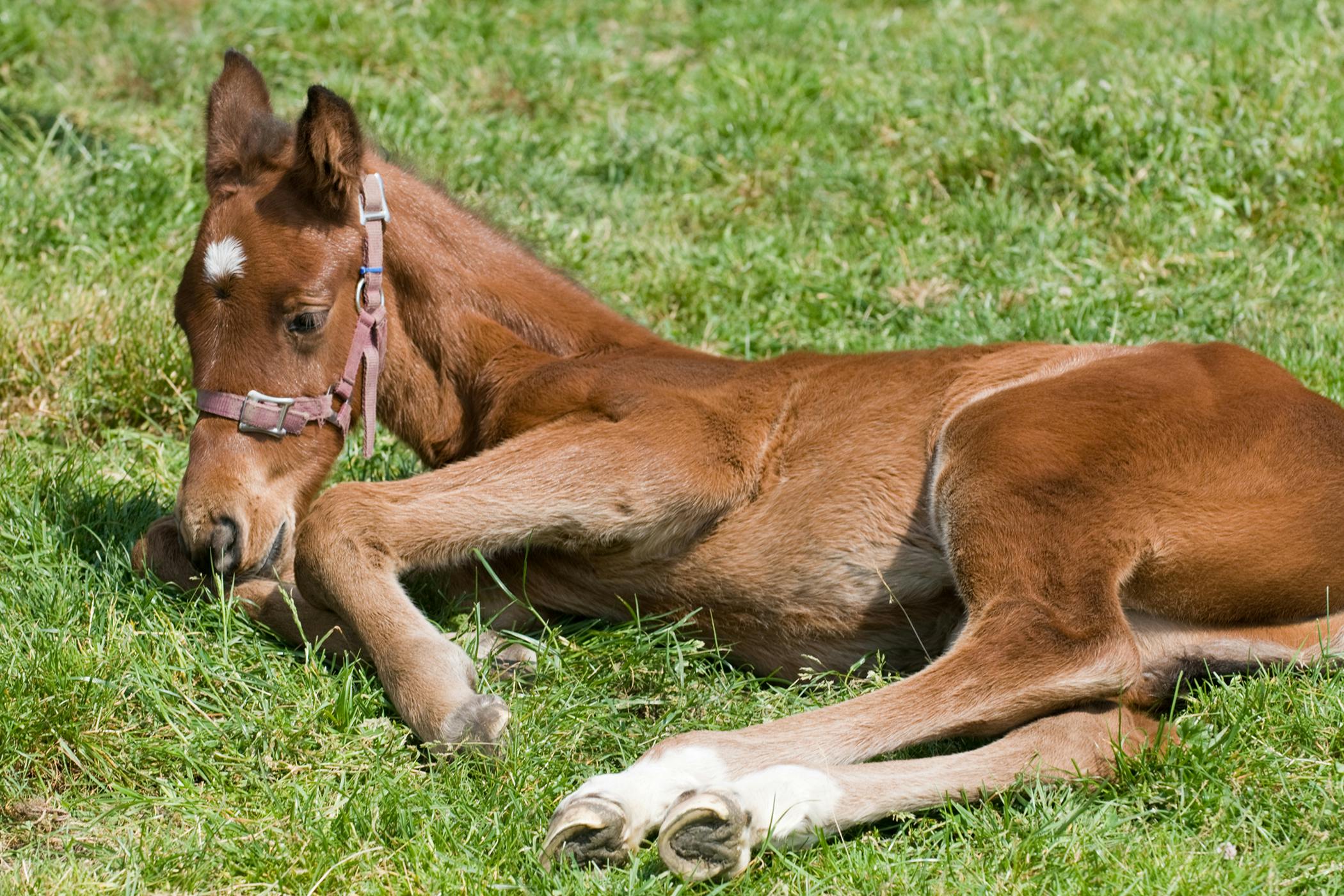

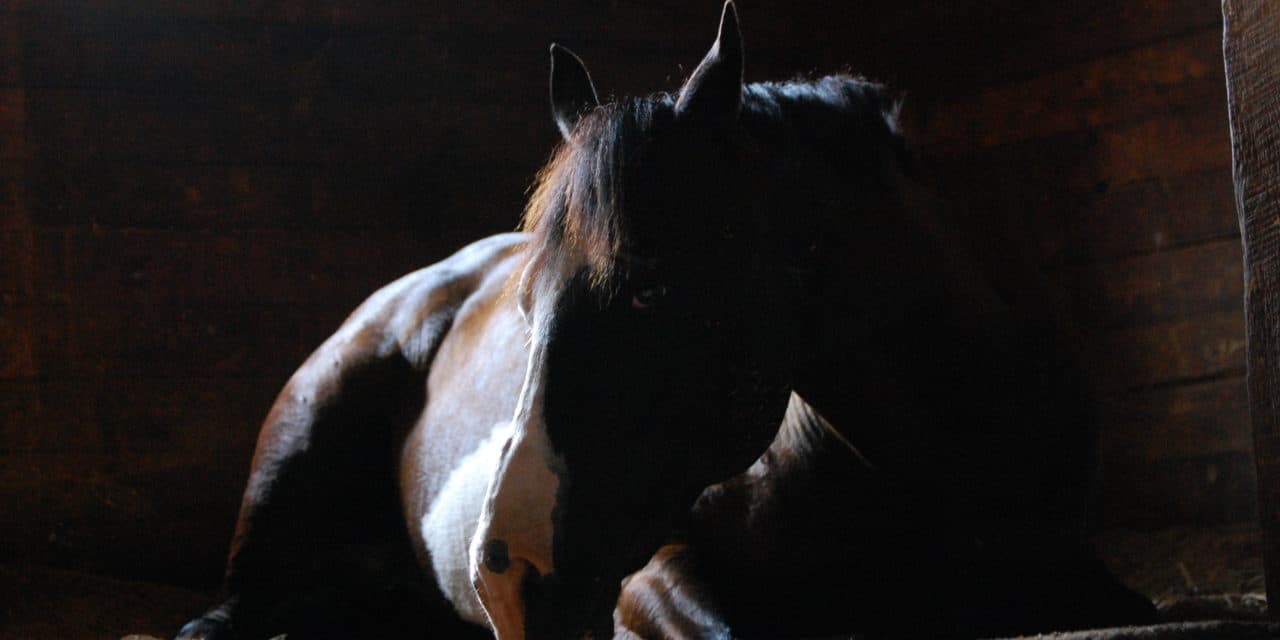



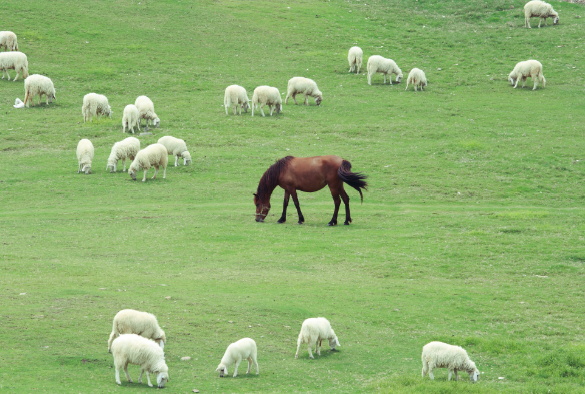
Posting Komentar untuk "Symptoms Of Liver Disease In Horses"